Horses have been an essential part of human history for thousands of years. From being used in agriculture, transportation, and sports to being companions and therapy animals, horses have played various roles in society. One common practice associated with horses is shoeing, the process of attaching metal shoes to a horse’s hooves. This practice has been a subject of debate among horse enthusiasts and animal welfare advocates. In this article, we will delve into the reasons why horses are shod, the different types of horseshoes, and the impact of shoeing on equine welfare.
History of Horseshoeing
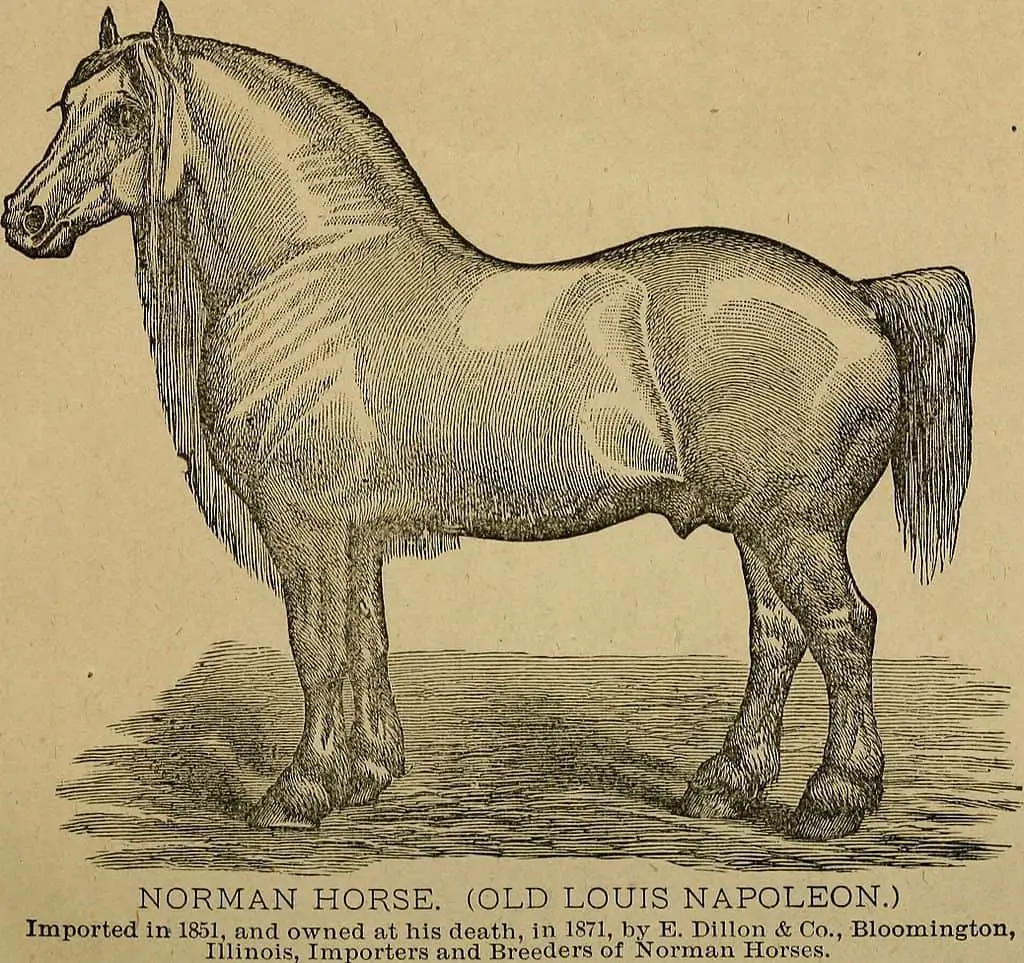
The practice of shoeing horses dates back to ancient times. Horses were initially domesticated for riding and carrying loads, and early civilizations recognized the need to protect their hooves from wear and tear. The earliest evidence of horseshoes can be traced back to the ancient Greeks and Romans, who used leather and other materials to protect their horses’ hooves. As metalworking techniques advanced, metal horseshoes became prevalent in Europe during the Middle Ages.
During this period, blacksmiths played a crucial role in crafting and fitting horseshoes for horses. The process of shoeing involved heating the metal to make it malleable and then shaping it to fit the horse’s hoof. This tradition has continued to evolve over the centuries, with modern horseshoes being made from various metals and synthetic materials.
Function of Horseshoes
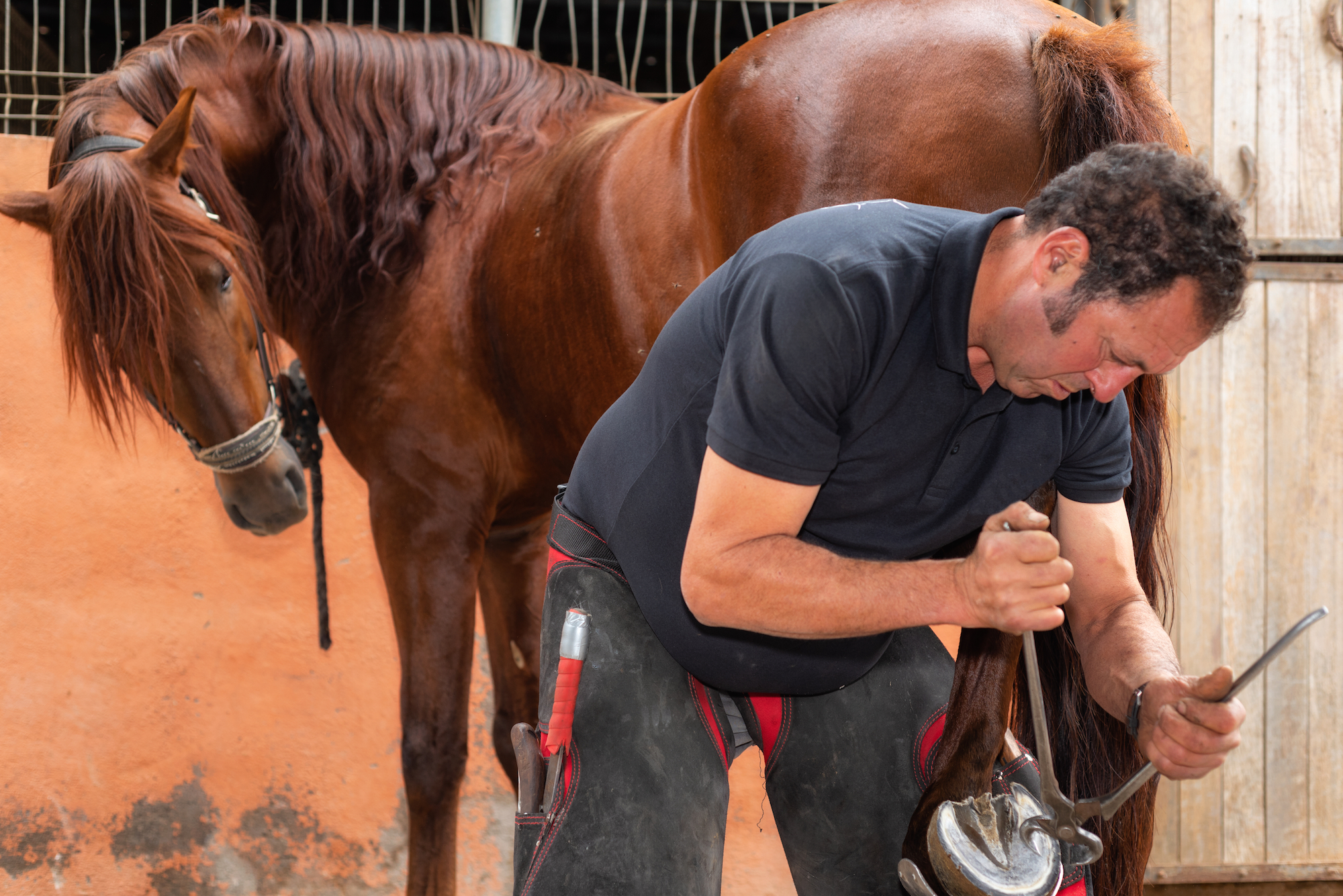
Horseshoes serve several purposes, each of which contributes to the overall well-being and performance of the horse. One of the primary functions of horseshoes is to protect the hooves from excessive wear and damage. Horses that are ridden or used for heavy work can experience hoof problems if their hooves are left unprotected. The metal shoe provides a protective barrier between the hoof and the ground, reducing the risk of injury and ensuring the horse’s comfort.
Additionally, horseshoes can provide traction and stability for horses, especially in challenging terrains. The metal surface of the shoe offers better grip on slippery or uneven surfaces, preventing slips and falls. This is particularly important for horses involved in activities such as eventing, show jumping, and trail riding, where secure footing is essential for both the horse and rider’s safety.
Moreover, horseshoes can help correct certain hoof abnormalities and provide support for horses with lameness or orthopedic issues. Farriers, the professionals who specialize in horseshoeing, can use specialized shoeing techniques and corrective shoeing to address imbalances or structural issues in the horse’s hooves.
Types of Horseshoes
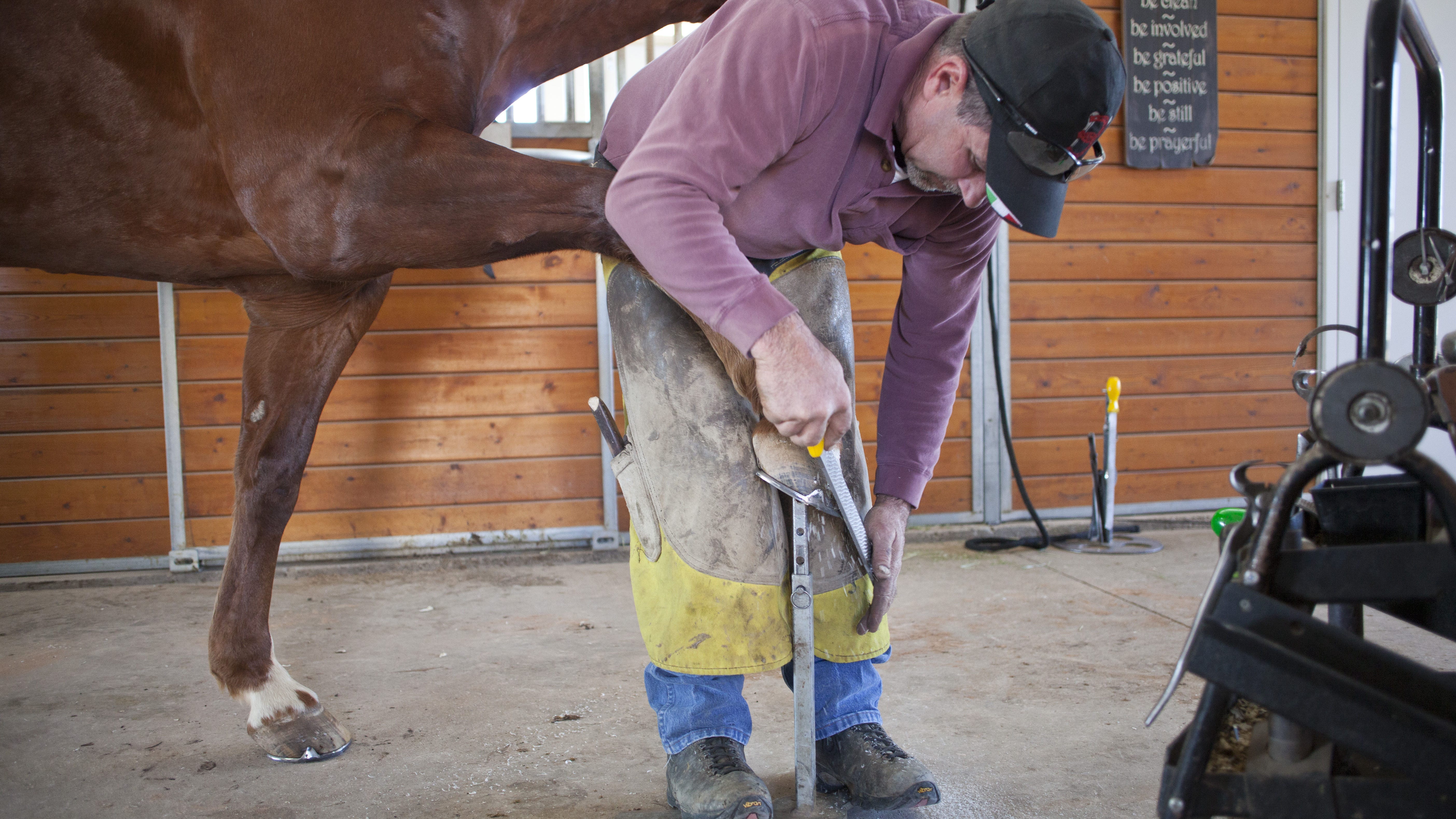
There are various types of horseshoes designed to cater to different needs and disciplines within the equestrian world. Traditional metal horseshoes are typically made from steel or aluminum and come in a range of shapes and styles. The most common types of horseshoes include:
1. Plain Shoes: These are flat, unweighted horseshoes suitable for horses that require basic protection and support.
2. Bar Shoes: Bar shoes feature a bar that extends from the heel to provide additional support and stability for horses with certain hoof conditions.
3. Egg Bar Shoes: Egg bar shoes have a rounded, egg-shaped design and are often used to support horses with heel pain or laminitis.
4. Rim Shoes: Rim shoes are lightweight and have a rim that extends around the hoof’s perimeter, offering protection without adding excessive weight.
5. Specialty Shoes: There are specialized horseshoes designed for specific disciplines, such as eventing, dressage, and reining, to address the unique demands of each sport.
In addition to traditional metal shoes, there are also alternative horseshoe materials, such as plastic, rubber, and composite materials. These materials offer benefits such as shock absorption, reduced weight, and flexibility, catering to horses with specific needs or those participating in certain equestrian activities.
Shoeing Process

The process of shoeing a horse is a delicate and precise procedure that requires the expertise of a skilled farrier. Before attaching the horseshoes, the farrier assesses the horse’s hooves to determine the appropriate shoe size, shape, and fit. If the horse has existing hoof issues or conformational abnormalities, the farrier may need to employ corrective shoeing techniques to address these concerns.
Once the appropriate shoes are selected, the farrier trims the hooves to achieve an optimal balance and shape. The shoes are then heated and shaped to match the curvature of the hooves before being nailed or glued in place. The farrier ensures that the shoe is securely attached and that the hooves are properly balanced to promote even weight distribution and minimize stress on the horse’s limbs.
Regular maintenance and shoeing schedules are essential to ensure that the horse’s shoes remain in good condition and provide the necessary support. Depending on the horse’s activity level and hoof growth rate, shoes may need to be replaced or reset every four to eight weeks to prevent hoof problems and discomfort.
Debate and Controversies
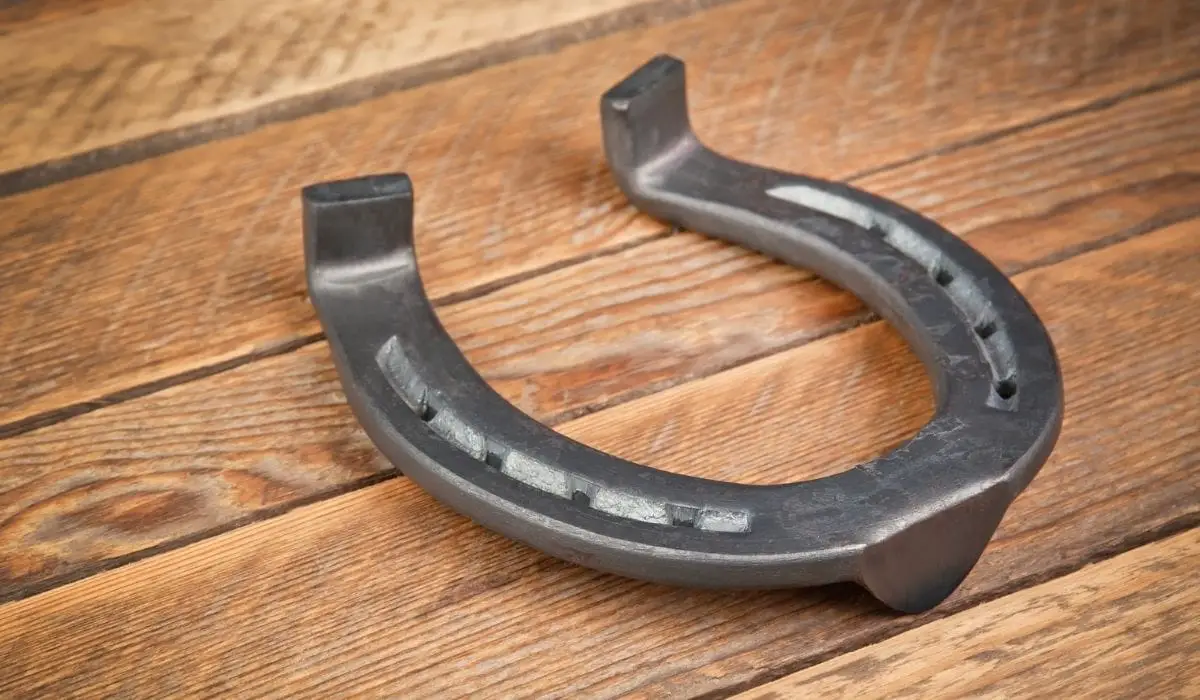
The practice of horse shoeing has sparked debates and controversies within the equestrian community and among animal welfare advocates. Some critics argue that shoeing interferes with the natural function of the horse’s hooves, potentially causing long-term damage and discomfort. They advocate for barefoot hoof care, emphasizing the importance of maintaining the horse’s hooves in their natural state without the use of shoes.
Proponents of barefoot hoof care argue that proper hoof trimming, diet, and environmental management can promote healthy hooves and negate the need for shoes. They believe that allowing horses to go barefoot enables them to experience natural movement and stimulation, leading to stronger and more resilient hooves.
On the other hand, supporters of shoeing contend that horseshoes are essential for protecting horses from the rigors of modern equestrian activities, especially those involving hard surfaces and demanding terrains. They argue that shoes can provide necessary support and aid in addressing hoof issues, ultimately contributing to the horse’s comfort and soundness.
Additionally, advocates for shoeing highlight the role of skilled farriers in promoting proper hoof care and maintaining the overall well-being of horses. They stress the significance of individualized care and the use of suitable shoeing techniques to address specific hoof conditions and performance requirements.
Impact on Equine Welfare
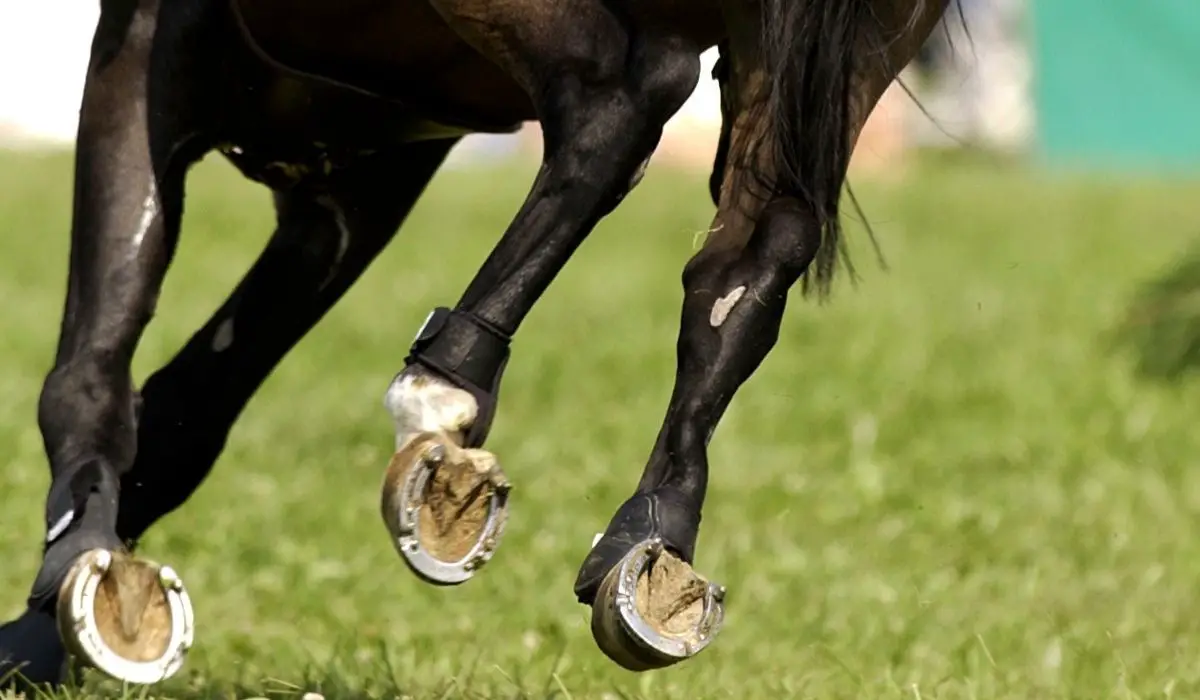
The impact of shoeing on equine welfare is a critical consideration, as it directly affects the horse’s comfort, health, and performance. When done correctly, shoeing can provide essential protection and support for horses, enabling them to engage in various activities without experiencing discomfort or hoof-related issues. Properly fitted shoes can also help prevent injuries and lameness, contributing to the overall well-being of the horse.
Conversely, improper shoeing or neglecting the horse’s hoof care can lead to adverse effects on equine welfare. Ill-fitting or poorly maintained shoes can cause discomfort, hoof imbalances, and lameness, compromising the horse’s quality of life. Furthermore, the use of inappropriate shoeing techniques or materials can result in long-term damage to the hooves, impacting the horse’s soundness and athletic potential.
It is essential for horse owners and caretakers to work closely with qualified farriers and equine professionals to ensure that shoeing practices align with the horse’s individual needs and welfare considerations. Regular hoof care, proper shoeing techniques, and attentive monitoring of the horse’s comfort and movement are vital elements in safeguarding equine welfare in the context of shoeing.
Interested in learning more about horse behavior and care? Check out our articles on why horses yawn, why race horses are gelded, and why horses are blindfolded for fascinating insights into the world of equine behavior and management!
Conclusion
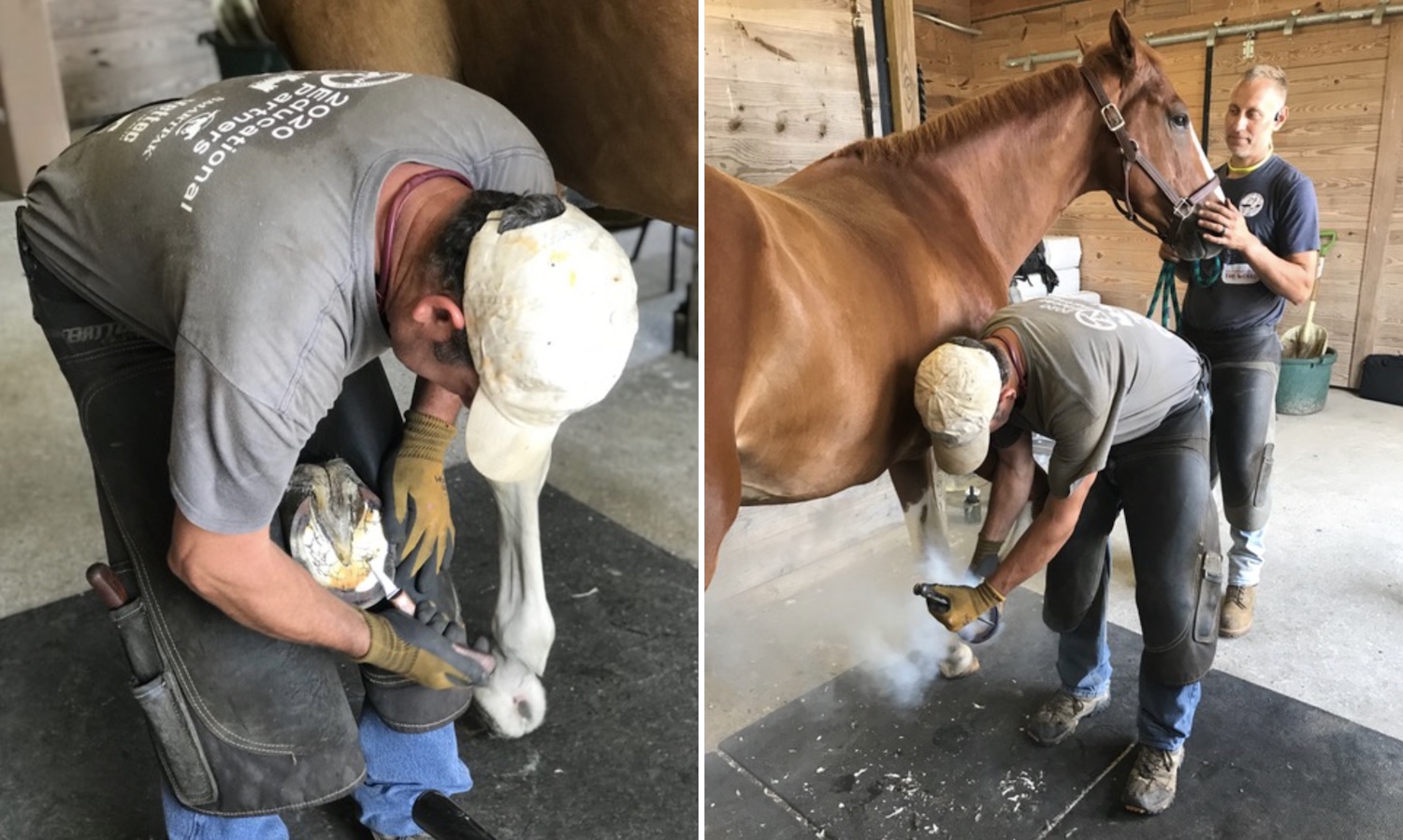
In conclusion, the practice of shoeing horses has evolved over centuries, serving as a means of protecting, supporting, and enhancing the performance of equines. Horseshoes play a crucial role in safeguarding the hooves from wear, providing traction, and addressing specific hoof conditions. While debates and controversies surround the use of horseshoes, it is evident that proper shoeing, when carried out with consideration for equine welfare, can be beneficial for horses involved in various equestrian pursuits.
Understanding the functions of horseshoes, the diverse types of shoes available, and the impact of shoeing on equine welfare is essential for horse owners, riders, and caretakers. By prioritizing the well-being of horses and working with knowledgeable professionals, individuals can make informed decisions regarding the shoeing practices that best suit their horses’ needs and contribute to their overall health and comfort.



